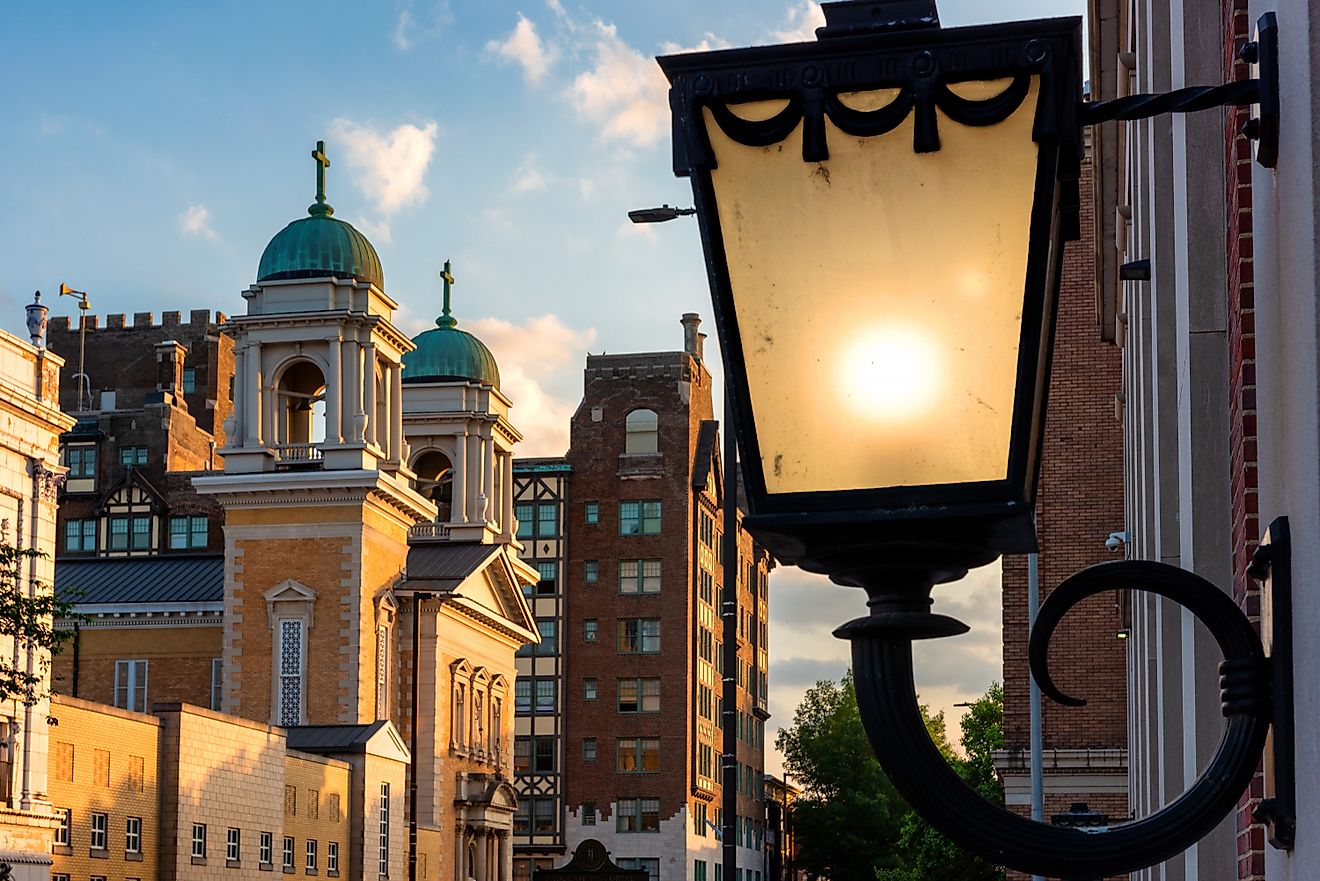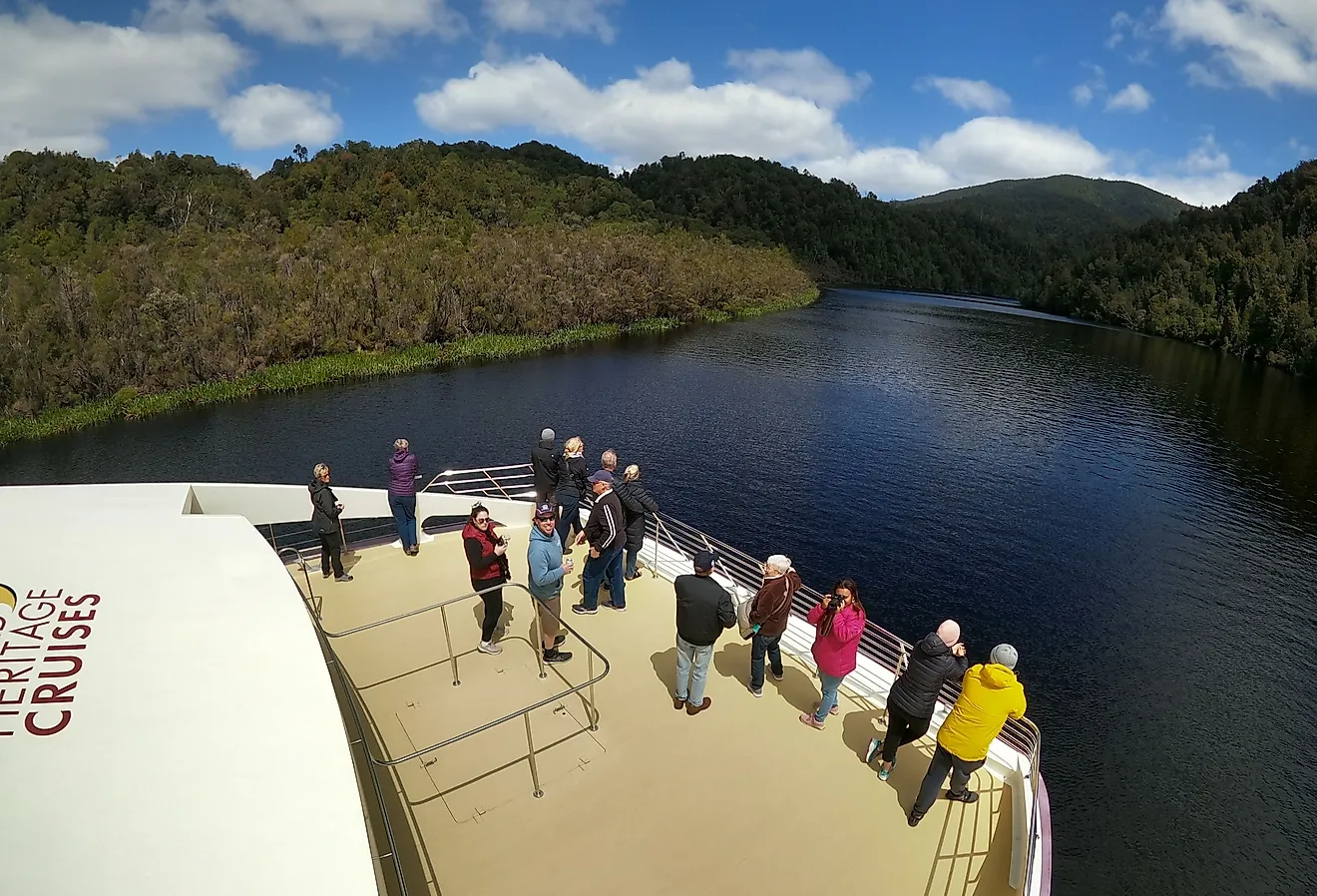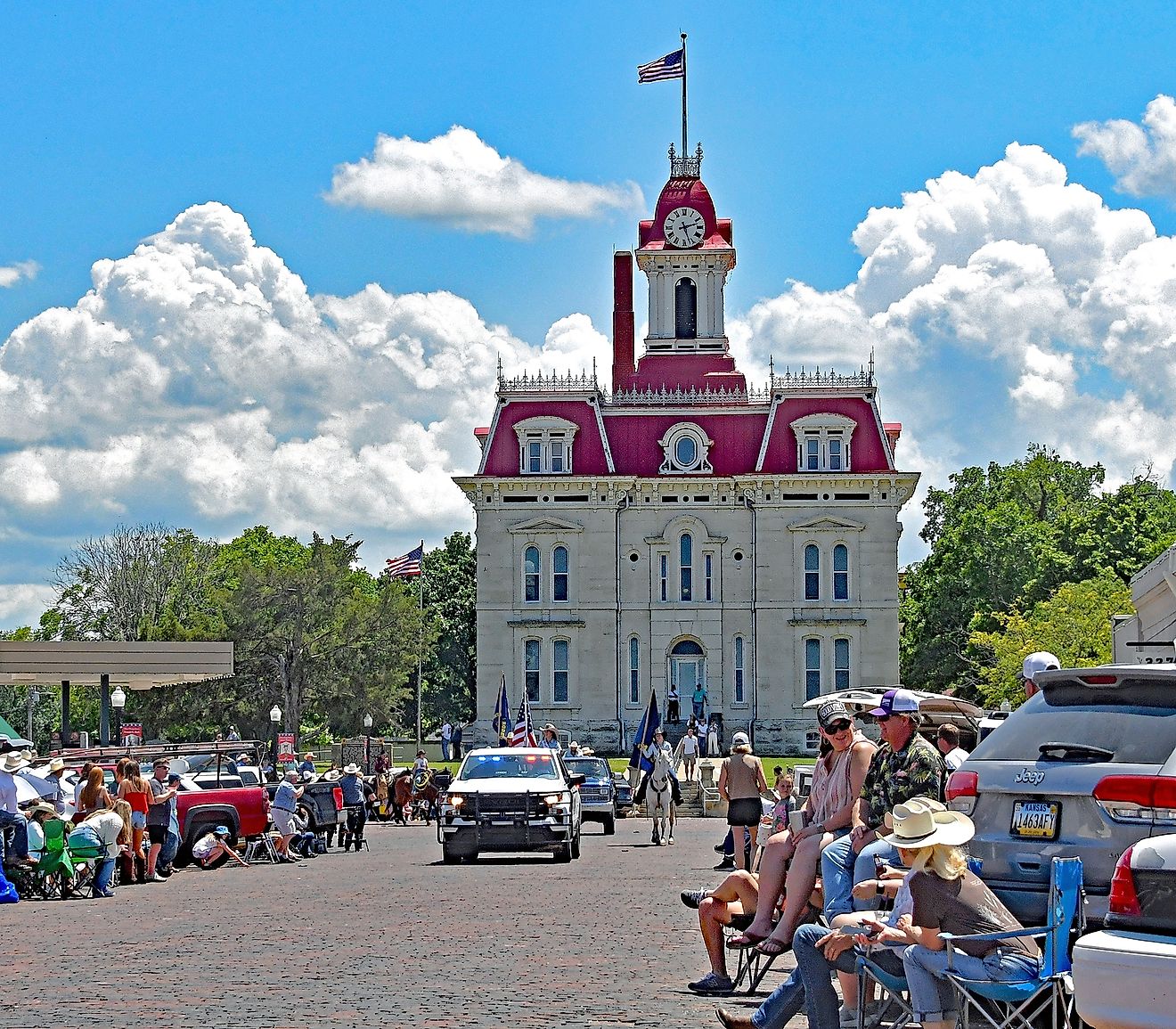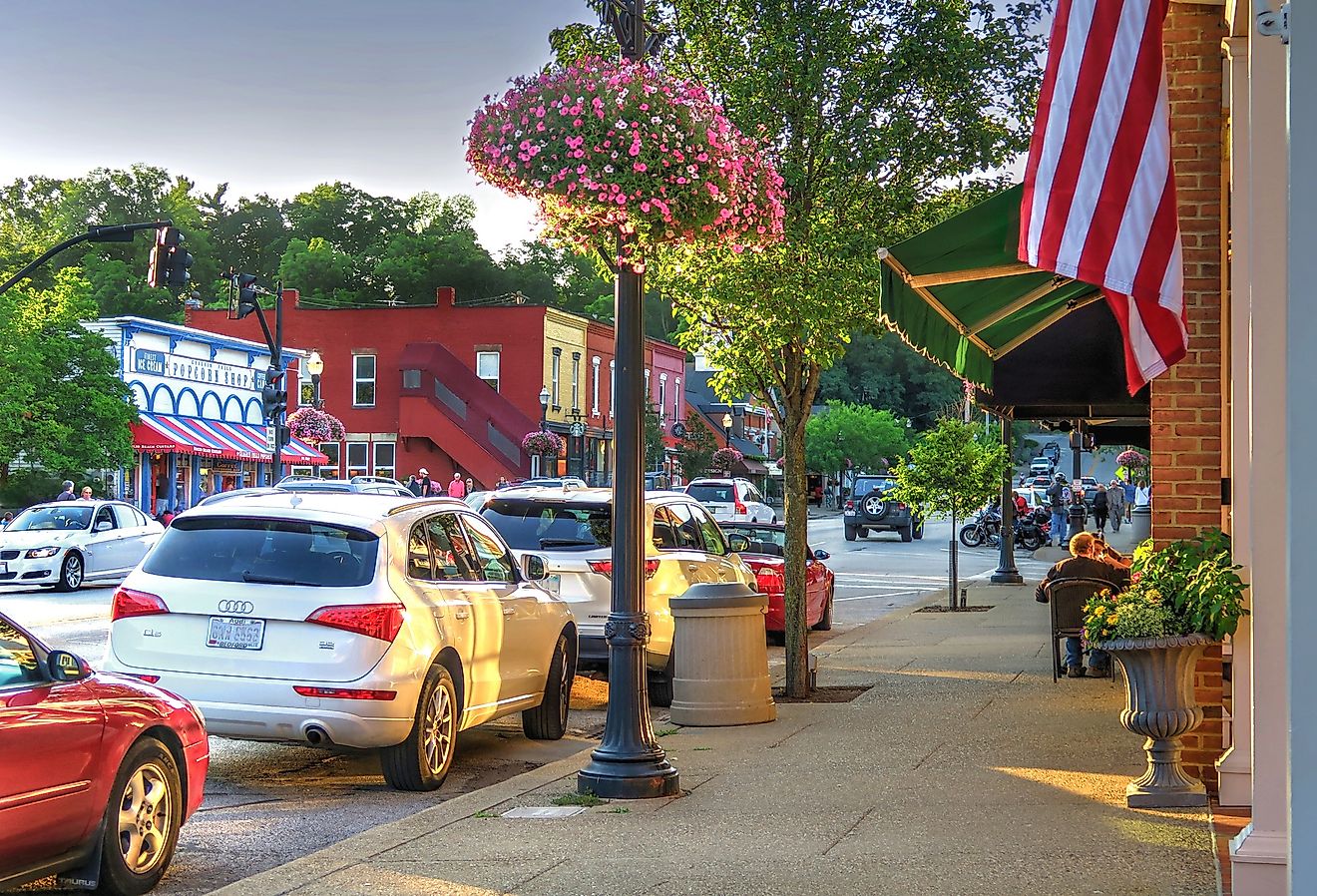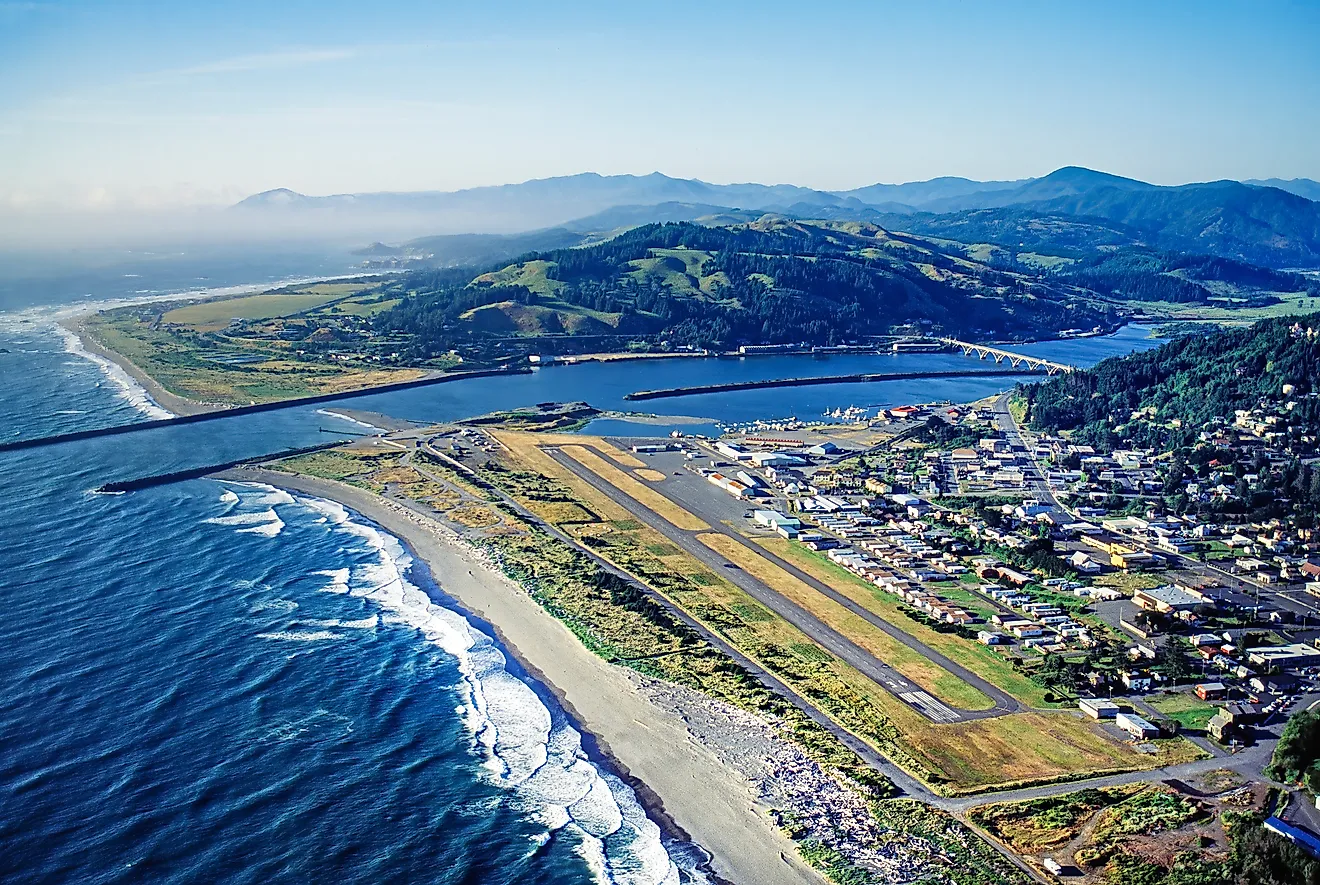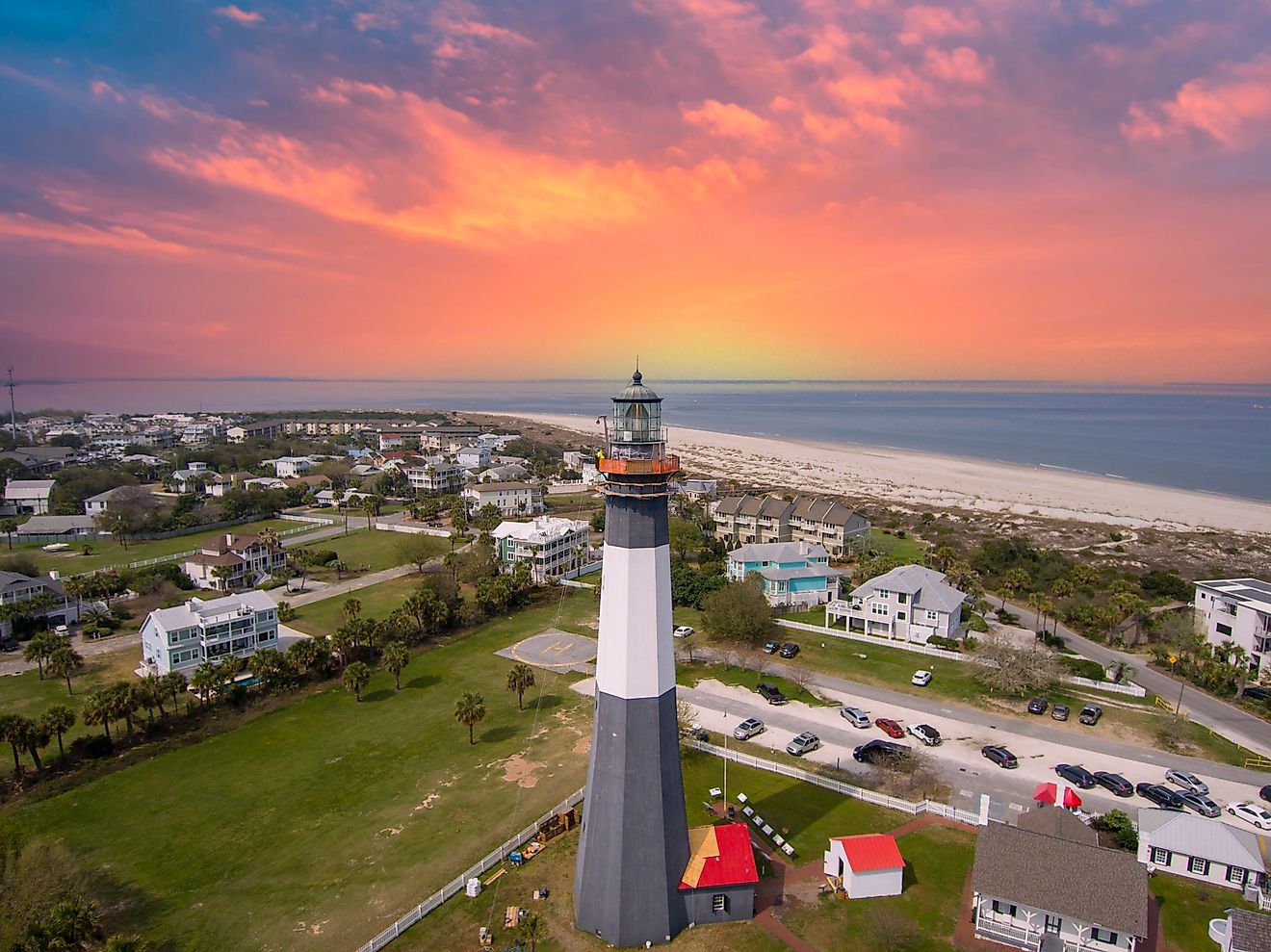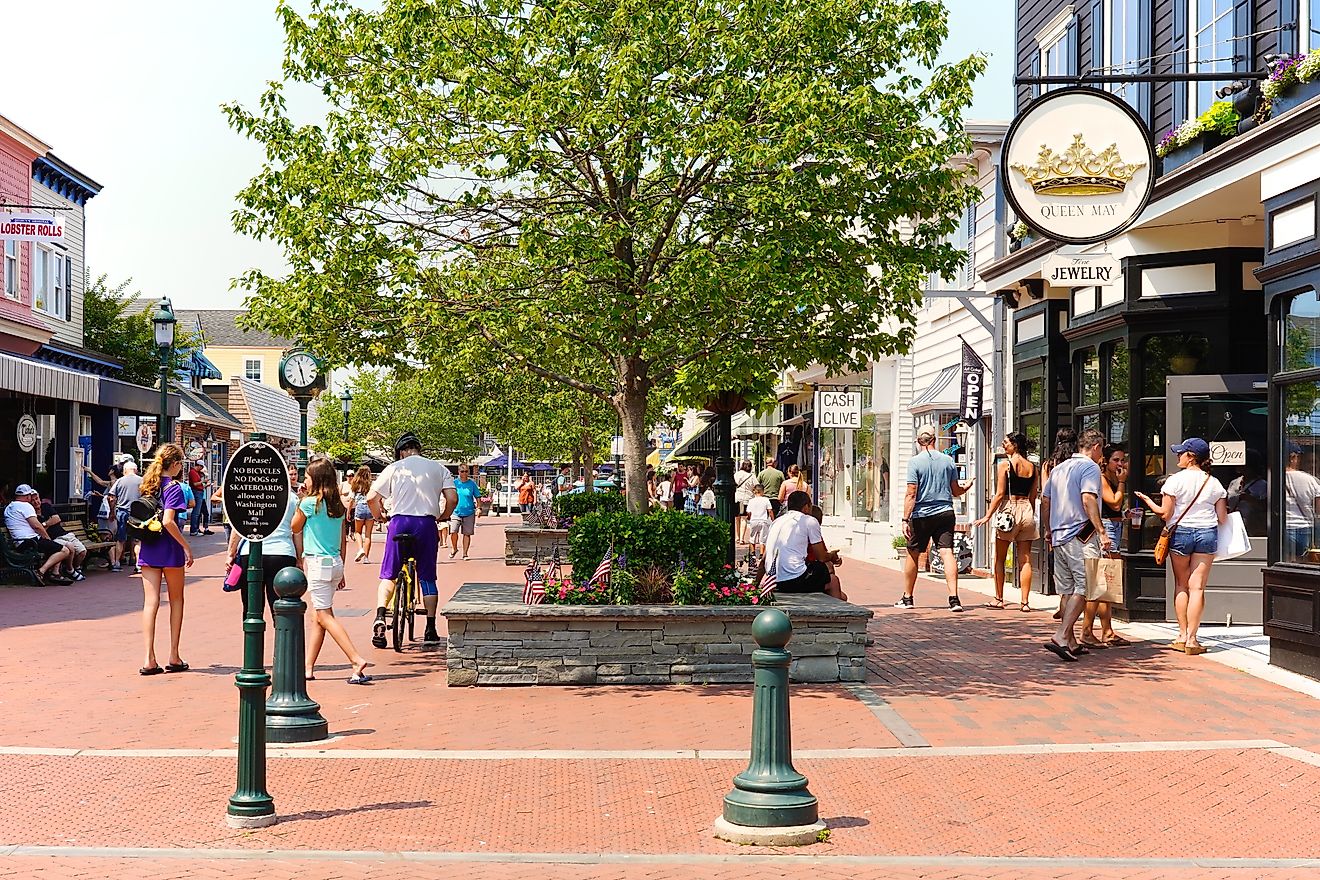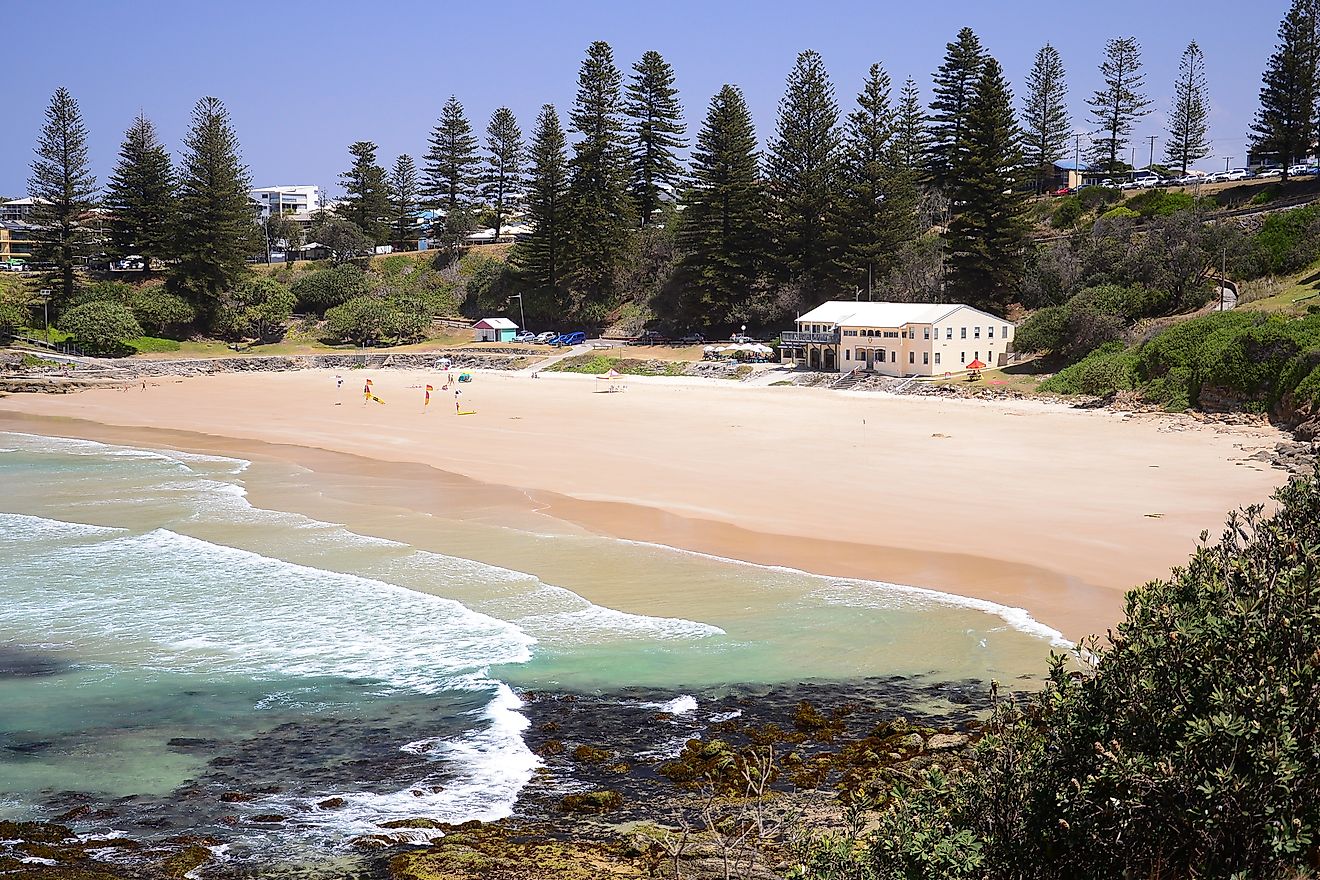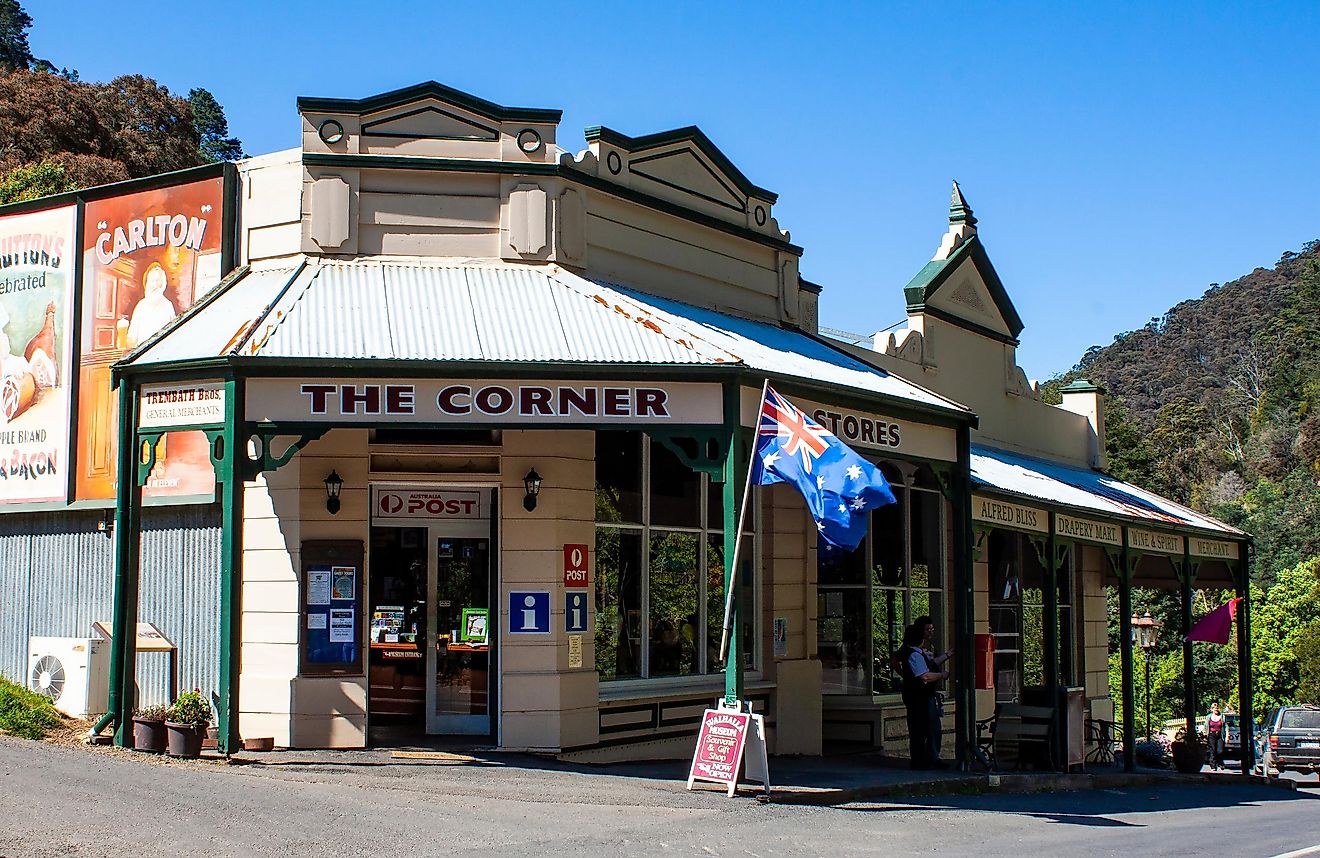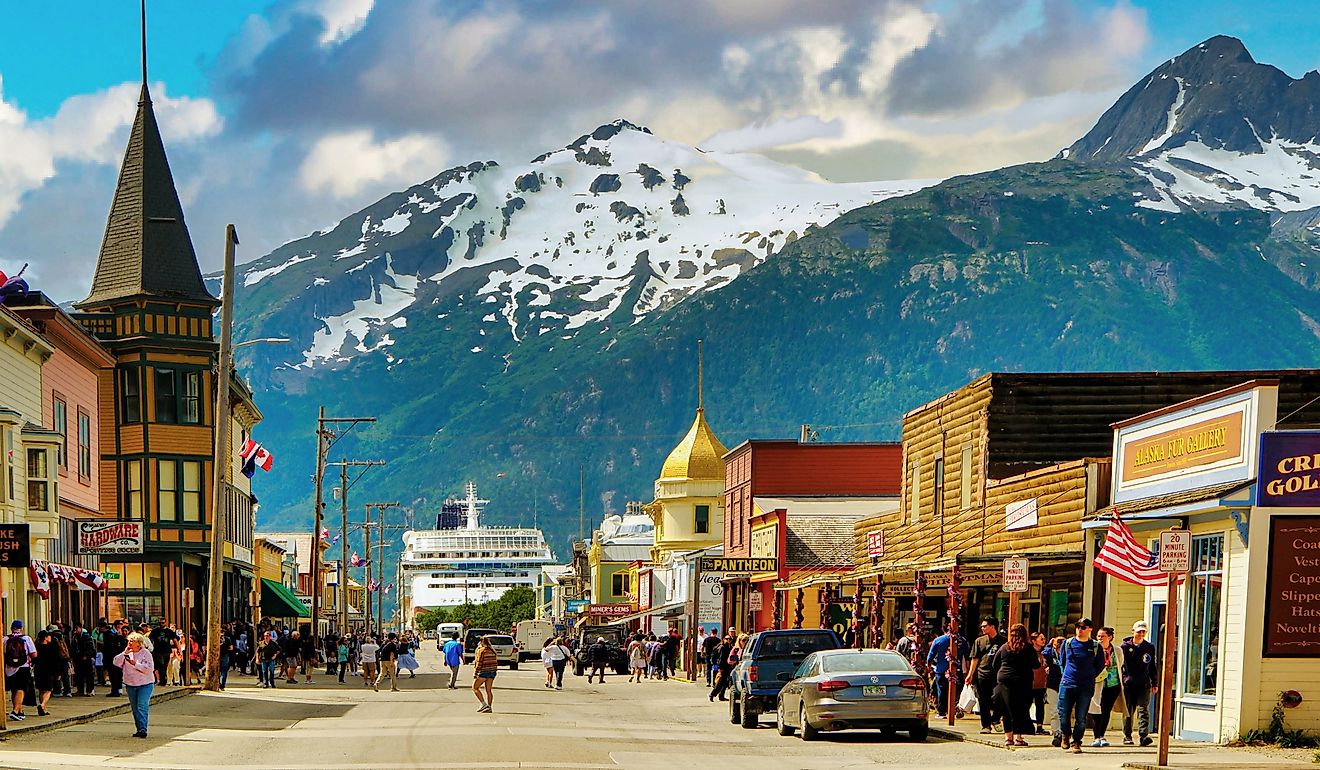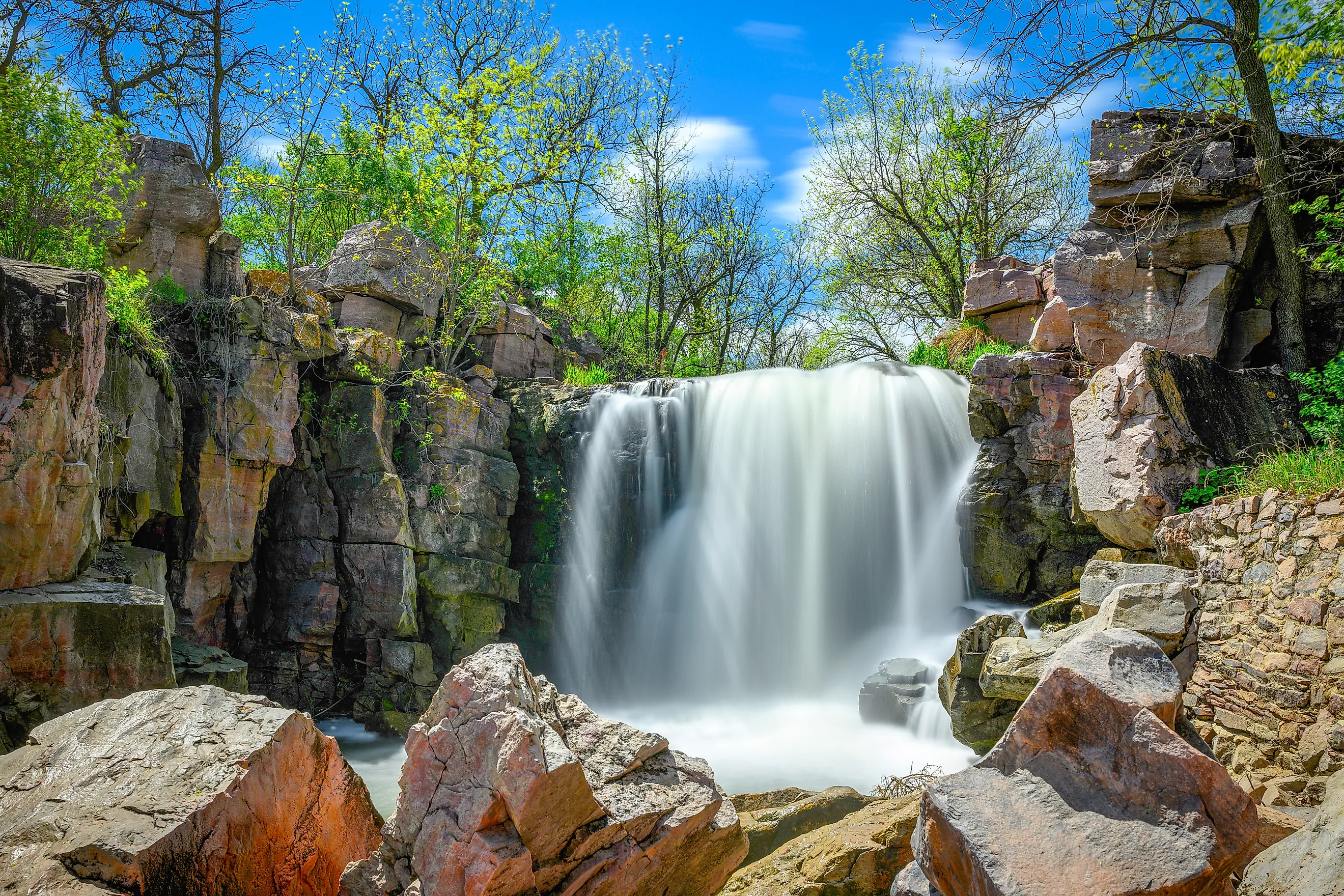
5 Best Natural Wonders To Visit In Minnesota This Year
Minnesota's wilderness isn’t just big… it is huge. Known as the “Land of 10,000 Lakes,” an impressive six percent of Minnesota is covered by lakes, a greater percentage than any other state in the country. But America’s twelfth-largest state might just as well be called the “land of endless forests,” as a whopping 33 percent of it is covered by trees.
Put all this natural beauty together - the lakes and rivers, the trees and the endless acres of public land - and Minnesota is a recreational paradise for those who enjoy the great outdoors. From the rugged cliffs of Lake Superior to the scenic headwaters of the Mississippi River, this year is ideal for exploring some of Minnesota's most spectacular natural attractions.
Boundary Waters Canoe Area Wilderness
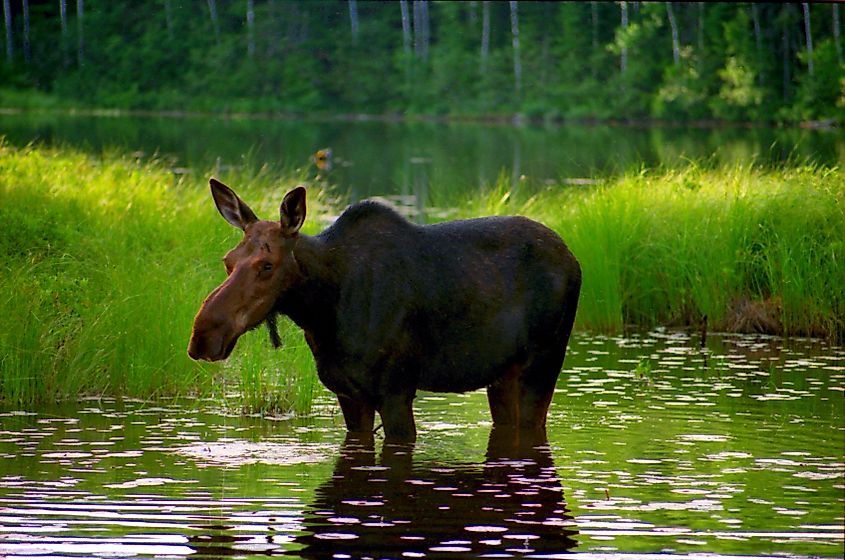
Covering over 1.1 million acres of forests, glacial lakes, and streams, Boundary Waters Canoe Area Wilderness (BWCAW) is America's most visited wilderness area. Set within the even larger Superior National Forest’s more than three million acres of protected land, Boundary Waters is home to more than 1,100 lakes interconnected by 1,200 miles of canoe routes, making it the USA’s top paddling destination.
Stretching along Minnesota's border with Canada, the landscape here was shaped by ancient glaciers that left behind rugged cliffs, rocky shores, sandy beaches, and those crystal-clear lakes. This stunning wilderness sits at the convergence of two distinct forest types, the boreal forest and the Laurentian Mixed Forest, creating unique ecosystems where multiple species coexist. Ancient white pines tower alongside red pine and jack pine, balsam fir, white and black spruce, as well as white deciduous species including birch, aspen, ash, and maple.
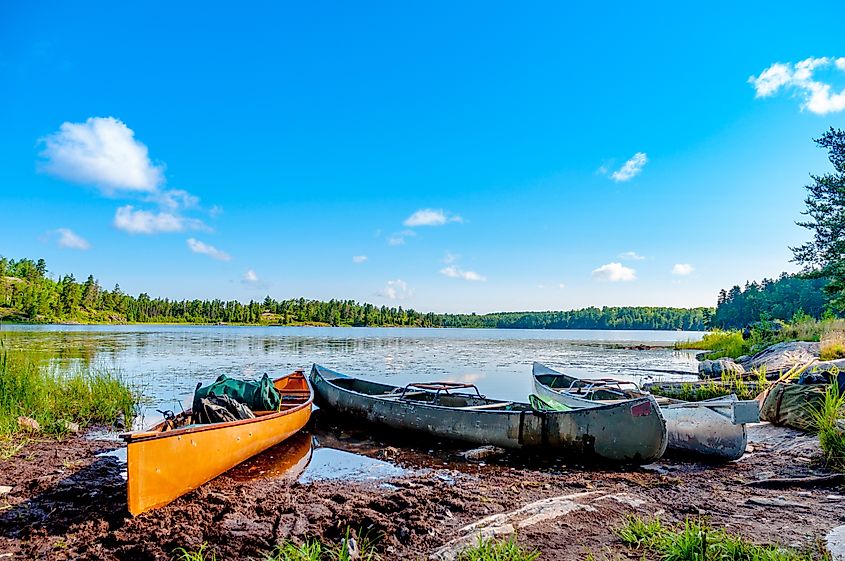
Wildlife spotters love the BWCAW for its moose, black bears, timber wolves, white-tailed deer, beavers, and river otters. It’s also a critical habitat for lynx, pine martens, and fishers, along with bald eagles, loons, great blue herons, and various owl species. As for fish, its lakes support walleye, northern pike, smallmouth bass, and lake trout, making it a must-visit fishing destination.
Access requires permits from May 1 through September 30, with designated entry points controlling visitor numbers to ensure things don’t get crowded. Over 2,000 designated campsites are available, and as Minnesota's first designated Dark Sky Sanctuary, it’s not unusual to see the northern lights, particularly in fall and winter.
Best Time to Visit: June through September are optimal for outdoor activities like paddling and fishing, while cooler temperatures in May and October are best suited for hiking. If you’re a winter sports person, cross-country skiing and snowshoeing trails are available when the snow flies.
Gooseberry Falls State Park
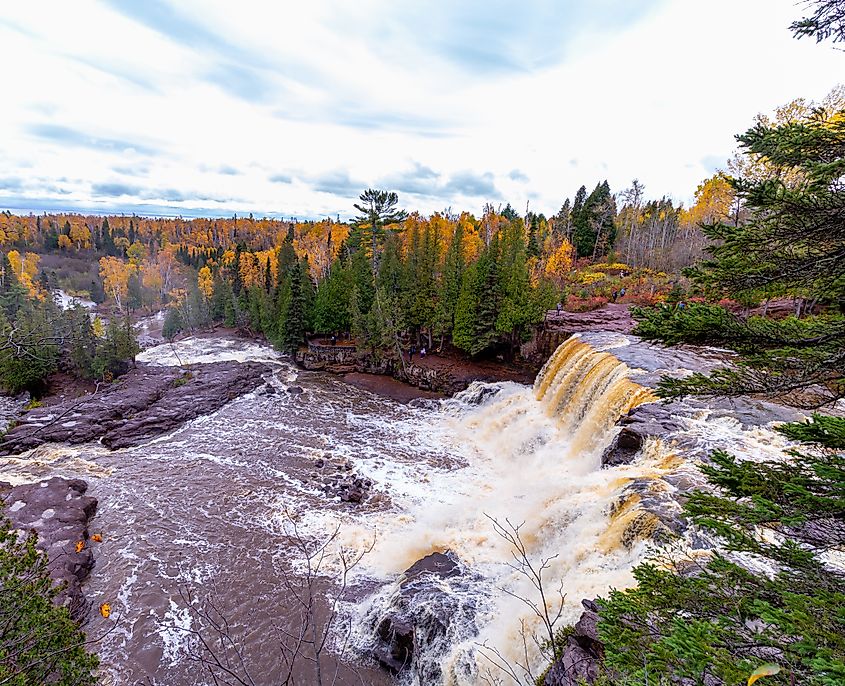
Gooseberry Falls State Park provides access to Minnesota's North Shore and attracts over 760,000 visitors a year to experience its spectacular waterfalls and rugged Lake Superior shoreline. The park's nearly 1,700 acres are home to five distinct waterfalls along the Gooseberry River, with the Upper and Lower Falls creating a dramatic 90-foot descent through ancient lava flows. Both are accessible via hiking trails that wind through forests of evergreens, aspen, and birch.
Shaped around 1.1 billion years ago when massive lava flows created the bedrock on which the park sits, you can still see evidence of these ancient flows at Picnic Flow, where crystallized minerals and agates wash up on Superior’s beaches. Superior has also played a part in the creation of diverse habitats along its beautiful but rocky shoreline, as well as the formation of the boreal forests inland. It’s a diversity that supports everything from black bears to white-tailed deer and red foxes.
The park’s also home to over 150 bird species, and during fall migration, thousands of hawks pass through, a real treat for birdwatchers. Gooseberry Falls State Park is also great for fishing, with lake trout, coho salmon, chinook salmon, and steelhead in abundance in Lake Superior, and brook trout and rainbow trout plentiful in its rivers.
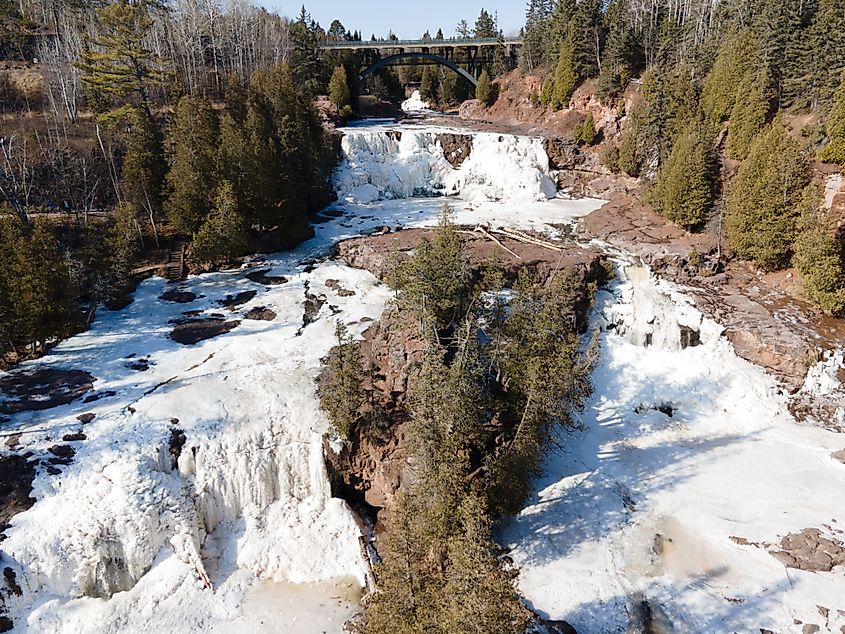
It's worth checking out the park’s man-made structures, too. The Civilian Conservation Corps were put to work during the 1930s, constructing the park’s stone buildings and the 300-foot "Castle in the Park" retaining wall. They also established the original trail system that’s still in use to this day. The Joseph N. Alexander Visitor Center can be visited year-round and features interpretive displays, a theater, a well-stocked store, as well as paved accessible trails that connect to the falls.
Best Time to Visit: Spring (April-May) sees the falls at their peak thanks to snowmelt, while summer is ideal for hiking and picnicking. Fall colors typically peak in late September through early October, and winter offers a frozen landscape perfect for skiing and snowshoeing.
Pipestone National Monument
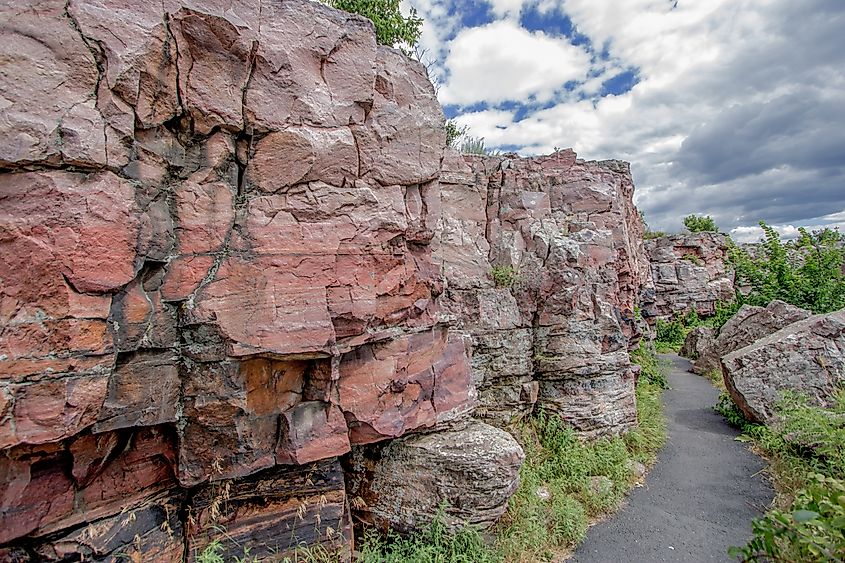
Created to preserve one of North America's most sacred Indigenous sites and rare grasslands, Pipestone National Monument is a must-visit in southwestern Minnesota. Native peoples are known to have quarried red pipestone (catlinite) here for over 3,000 years, digging through four- to ten-feet of incredibly hard Sioux quartzite to get to it.
These ancient quarries remain active today, with tribe members continuing the ancient tradition of extracting pipestone to make their ceremonial pipes. The red color of the stone holds deep spiritual significance with many Indigenous peoples believing it represents the blood of their ancestors, making this ground sacred. The site has historically served as neutral territory so that different tribes would quarry peacefully side by side.
Now a 300-plus acre sanctuary, Pipestone also conserves many acres of restored tallgrass prairie. This unique glimpse into a landscape that once covered vast areas of the state is now home to many native plant species, including purple coneflowers, black-eyed Susans, prairie roses, and native grasses reaching heights of up to six feet. This important ecosystem also supports diverse wildlife, including bobolinks, eastern kingbirds, northern harriers, badgers, and numerous butterfly species.
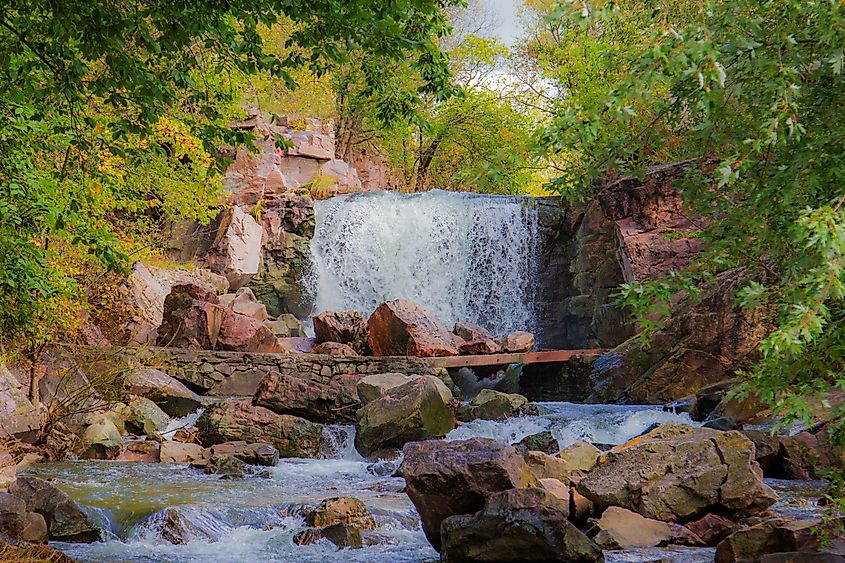
The best way to get to know the park is via its Circle Trail, a three-quarter-mile paved journey past active quarries, Winnewissa Falls, and sacred sites including the Leaping Rock and Old Stone Face formations. You’ll also want to take in the Visitor Center, which features master carvers demonstrating traditional pipe-making techniques.
Best Time to Visit: Late spring through early fall (May-October) offers the best weather for hiking, while prairie wildflower displays are at their best in July and August. The quarries and Visitor Center can be visited year-round.
Itasca State Park
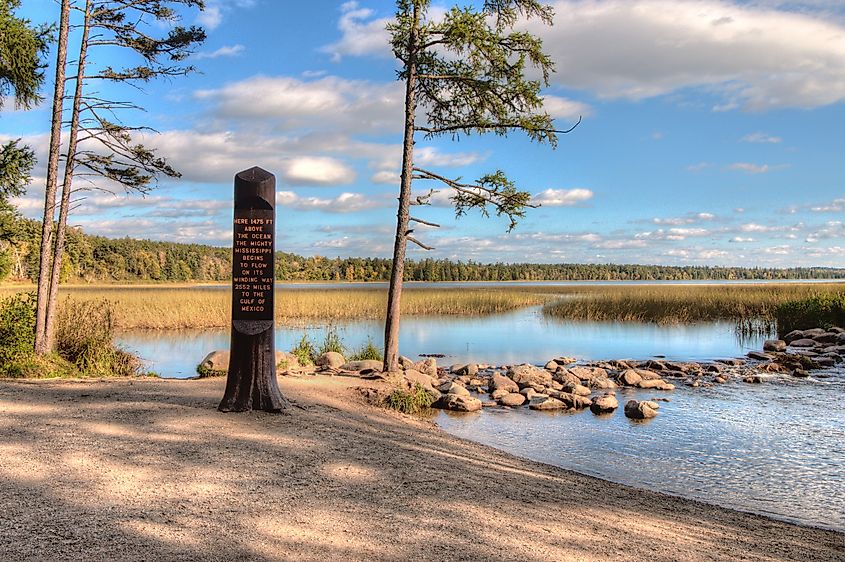
Minnesota's oldest state park, Itasca was established in 1891 to preserve the headwaters of the Mississippi River and the surrounding old-growth pine forests. The country’s second oldest state park, its 32,000 acres include more than 100 lakes, among them Lake Itasca, where you can literally walk across the Mississippi as it begins its 2,552-mile journey to the Gulf of Mexico/America. At this point, the river measures just 18 feet wide and 18 inches deep, with a small rock dam marking its transition from lake to river.
The park also preserves Minnesota's largest remaining stand of old-growth pine forest. You’ll see some of these along the Wilderness Drive to the Wilderness Sanctuary. One of Minnesota's seven National Natural Landmarks, this scenic 10-mile loop passes towering white and red pines set in cathedral-like groves, including the famous Preacher's Grove, where some of the state's oldest trees stand, some of them over 300 years of age. These ancient forests also support black bears, timber wolves, porcupines, and over 200 bird species ranging from common loons to pileated woodpeckers.
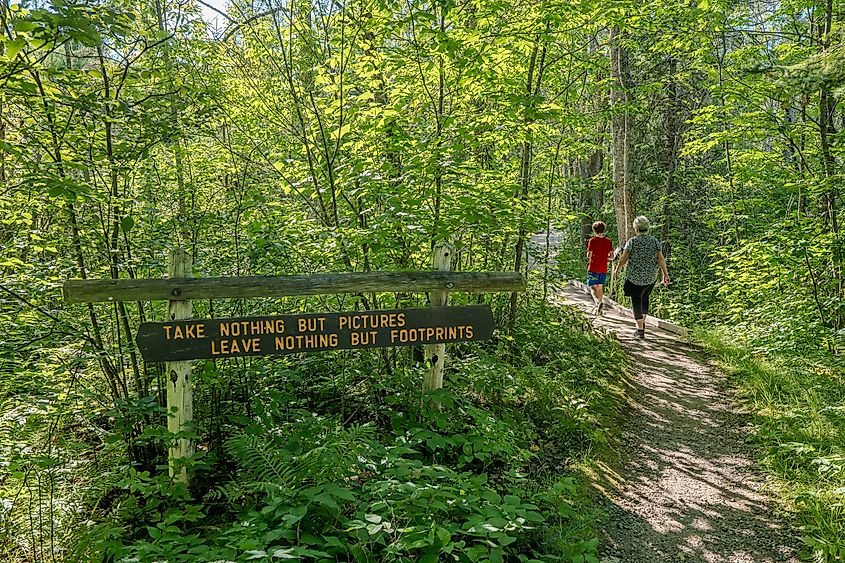
Archaeological evidence places human activity in the Itasca area as far back as 8,000 years ago, with the headwaters holding cultural significance for the Ojibwe people long before the arrival of Europeans. Visit the Mary Gibbs Mississippi Headwaters Center to learn more about the river's natural and cultural history, including interactive displays showing the Mississippi's path across the continent.
Hiking trails are plentiful, with one leading to the Aiton Heights Fire Tower and its panoramic views 100 feet above the forest canopy. For accommodations, Douglas Lodge, built in 1905, offers historic accommodations, while campgrounds are plentiful, including some backcountry options.
Best Time to Visit: Summer (June-August) offers warm weather ideal for swimming and paddling on the park's many lakes. Fall colors typically peak in late September. Winter sees groomed snowmobile trails and excellent cross-country skiing, and spring brings wildflowers and migrating birds from April through May.
Tettegouche State Park

Tettegouche State Park embodies the rugged beauty of Lake Superior's North Shore with over 9,300 acres of dramatic cliffs, cascading waterfalls, and inland lakes all waiting to be explored. Here you’ll find Minnesota's tallest waterfall, the 60-foot High Falls on the Baptism River, along with three other spectacular waterfalls accessible via the park's 23-mile trail system. Shovel Point and Palisade Head offer some of the most dramatic cliff-top views in Minnesota, with sheer drops of several hundred feet to Lake Superior far below.
This stunning landscape is the result of ancient geological forces that exposed billion-year-old bedrock, while volcanic activity created the resistant rock formations that now form its dramatic cliffs and headlands. Subsequent glaciation carved the inland lakes and river valleys, while the Baptism River cut the deep gorge, creating a series of waterfalls, including Two Step Falls, Cascade Falls, and Illgen Falls.
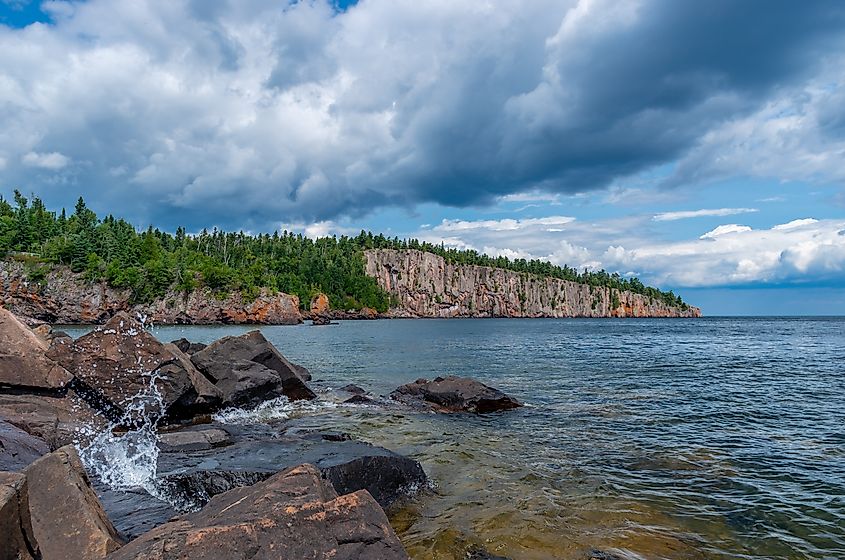
The park’s six inland lakes are only accessible by foot along rugged trails that climb through forests thick with birch, aspen, maple, basswood, and conifers. Four of them support northern pike populations, while Mic Mac Lake offers walleye fishing. These protected inland forests support ample wildlife, including black bears, timber wolves, moose, and lynx, as well as birds such as hawks and northern owls.
Fancy staying for a few days? The park offers unique accommodations at the historic Tettegouche Camp on Mic Mac Lake. Accessible only by biking, hiking, or skiing, its walk-in cabins were built in the early 1900s and provide a unique and rustic retreat. Lake Superior cart-in campsites allow camping directly on the cobblestone beaches, while the Baptism River Campground is the only Minnesota state park with operational hot showers in winter.
Best Time to Visit: Late spring through fall (May-October) provides ideal hiking conditions with access to all waterfalls. Storm watching in November brings dramatic waves to Shovel Point on Lake Superior. Winter offers solitude and frozen waterfalls accessible via cross-country ski trails.
The Final Word
Minnesota's natural wonders offer so much more than simply scenic beauty and also serve important preservation and recreational roles. Together, these five sites demonstrate the incredible diversity found within the state's borders, whether it’s the vast watery wilderness of the BWCAW or the sacred soil of Pipestone.
